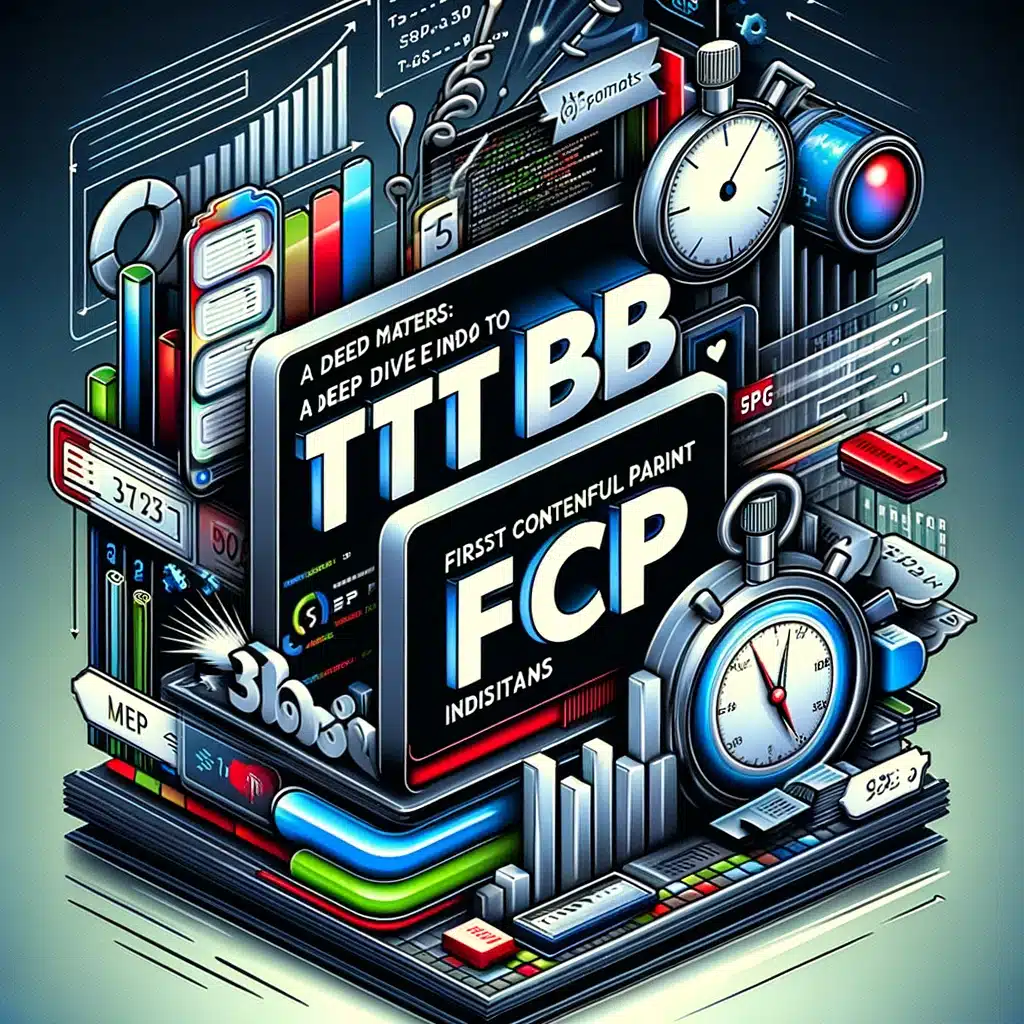Every element of a user’s experience on a website is captured by a different measure.
Even though a page loads quickly, user input may be processed slowly. The navigation may appear quickly, but the main content may take much longer.
To begin, let’s examine a few of the most effective metrics.
Good (CrUX)
The Core Web Vitals are a set of three measures that Google utilizes as a ranking signal. As part of the Chrome User Experience Report (CrUX), it gathers information from actual users and then determines the proportion of people who meet the requirements for a “Good” experience.
At least 75% of user experiences must be positive in order to receive the full ranking advantage. The Good (CrUX) measure gives you a single figure that indicates the proportion of a page’s experiences that satisfy this criterion.
Benefits of the metric:
- Impact of Google ranking
- evaluates the actual user experience
Cons:
- updates slowly but compiles information from the previous 28 days.
- This measure is exclusive to pages with sufficient traffic on Google.
- not immediately connected to comprehensive lab test findings with debug information
Next actions:
- Use the page-level Core Web Vitals to identify the slowest measure.
- To find areas for improvement, use the lab data for that metric.

Largest Contentful Paint (LCP)
This metric calculates the time it takes for the user to travel to the page and see the content of the main page. One of the three Core Web Vitals indicators for Google that was previously discussed is LCP.
Advantages:
- closely related to the user’s experience
- includes comprehensive debug data
Cons:
- The typical real-world user experience may vary from the test result.
Next actions:
- The LCP chart heading can be clicked to for a more thorough analysis.
- Determine which content piece is the largest.
- Attempt to load the greatest content piece as soon as possible.
First Input Delay (FID)
Defined as the interval between a user’s initial interaction with your page (e.g., when they click a link, tap a button, or use a custom JavaScript-powered control) and the browser’s ability to start processing event handlers in response to that interaction, First Input Delay (FID) is a crucial metric in user experience.
FID is a crucial metric for assessing how responsive a page is. It facilitates understanding the rate at which a page becomes interactive and usable. A website is deemed more responsive if it reacts to user input quickly.
Impact on User Experience: A frustrating user experience may result from high FID values. Users may get the impression that the website is slow or unresponsive if they believe that their interactions are being disregarded or delayed.
Improving FID
Optimize JavaScript Execution: Longer FIDs might result from heavy JavaScript execution, which can stall the main thread. One way to lower FID is to divide large JavaScript activities into smaller, asynchronous processes.
Reduce the Impact of Other Code: FID may also be impacted by other scripts, such as those for analytics or advertisements. It’s critical to track and maximize the effects of these scripts.
Employ a Web Worker: By assigning some of your work to a web worker, you can lighten the load on the main thread and speed up the browser’s response to user input.

Time to First Byte (TTFB)
Definition: The measurement known as Time to First Byte (TTFB) is used to gauge how responsive a web server or other network resource is. It shows how long it takes for a user’s request to begin and how long it takes for the client’s browser to get the first byte of a response.
Significance: When evaluating a website’s initial visibility and engagement, TTFB is essential. Because it has the power to influence how quickly a website is seen overall, it is frequently regarded as a crucial component.
Factors Impacting TTFB
The amount of time that data takes to go from a client to a server is known as network latency. Latency can be greatly impacted by network quality and geographic distance.
Server Processing Time: The amount of time the server needs to execute scripts, access databases, and load backend resources in order to process a request.
Web Hosting Environment: TTFB may be impacted by the kind and caliber of hosting. When opposed to shared hosting, dedicated or managed hosting solutions frequently offer higher TTFB.
Content Delivery Networks (CDNs): By distributing content closer to the user’s location and minimizing the amount of distance data must travel, CDNs can enhance TTFB.
Optimizing TTFB
Effective Server Configuration: Processing time can be increased by making sure the server is set up correctly and isn’t overworked.
Enhance the Application Code: TTFB can be greatly decreased by streamlining backend code, improving databases, and cutting down on server-side rendering time.
Use of Caching: By enabling the server to send cached content without requiring complete processing, the implementation of efficient caching solutions can significantly lower TTFB.
Make use of a CDN: By delivering material from places closer to the consumer, a quality CDN can lower geographic latency.
Read more on How To Reduce Server Response Time Or TTFB (Time To First Byte) in our previous post.
Measuring TTFB
Definition: The measurement known as Time to First Byte (TTFB) is used to gauge how responsive a web server or other network resource is. It shows how long it takes for a user’s request to begin and how long it takes for the client’s browser to get the first byte of a response.
Significance: When evaluating a website’s initial visibility and engagement, TTFB is essential. Because it has the power to influence how quickly a website is seen overall, it is frequently regarded as a crucial component.
Factors Impacting TTFB
The amount of time that data takes to go from a client to a server is known as network latency. Latency can be greatly impacted by network quality and geographic distance.
Server Processing Time: The amount of time the server needs to execute scripts, access databases, and load backend resources in order to process a request.
Web Hosting Environment: TTFB may be impacted by the kind and caliber of hosting. When opposed to shared hosting, dedicated or managed hosting solutions frequently offer higher TTFB.
Content Delivery Networks (CDNs): By distributing content closer to the user’s location and minimizing the amount of distance data must travel, CDNs can enhance TTFB.
Optimizing TTFB
Effective Server Configuration: Processing time can be increased by making sure the server is set up correctly and isn’t overworked.
Enhance the Application Code: TTFB can be greatly decreased by streamlining backend code, improving databases, and cutting down on server-side rendering time.
Use of Caching: By enabling the server to send cached content without requiring complete processing, the implementation of efficient caching solutions can significantly lower TTFB.
Make use of a CDN: By delivering material from places closer to the consumer, a quality CDN can lower geographic latency.
Measuring TTFB
TTFB can be measured using tools such as WebPageTest, Google PageSpeed Insights, and Chrome Developer Tools. Regular monitoring is crucial for continuing to optimize the performance of your website.
Effects on SEO and User Experience
A user’s experience is quicker and more responsive when the TTFB is lower. Even though there are numerous variables that determine how quickly pages load and how well a website functions overall, TTFB is especially crucial for dynamic, content-rich websites.
Furthermore, as search engines give preference to websites that load more quickly and take site performance into account when ranking sites, TTFB can have an indirect effect on SEO.
To sum up, TTFB is an essential indicator for comprehending and enhancing a website’s performance.
A quicker website with a lower TTFB improves user experience and may help SEO. Maintaining an effective and responsive website requires regular monitoring and optimization of the elements influencing TTFB.
Conclusion: Elevating Your Website’s Performance with Expert Assistance
Every measure we’ve covered, from Core Web Vitals to TTFB, is crucial in determining how a user navigates your website’s complex web of digital experiences. It’s not only about improving technical performance when you comprehend and optimize these indicators; it’s also about giving your audience smooth, interesting, and responsive experiences.
But sorting through these metrics and making the required adjustments can be a difficult and intimidating undertaking. Here’s when our experience becomes useful. In order to make sure that your website not only meets but surpasses the expectations of contemporary users and search engines, our team at Green Wire media specializes in optimizing various facets of website performance.
Working with us gives you access to:
Customized Solutions: Specifically designed tactics to meet the objectives and demands of your website.
Advanced Tools and Techniques: Making use of the newest approaches and technologies to promote advancements.
Ongoing analysis and modifications to maintain your website at the forefront of performance standards constitute continuous monitoring and support.
Just keep in mind that every millisecond matters in the digital age. You can greatly increase user engagement, boost conversion rates, and improve your online presence with a quicker, more responsive website.
Don’t let the potential of your website be hampered by technical difficulties. For a consultation, contact us today. Let’s work together to maximize your website’s potential, one metric at a time.





